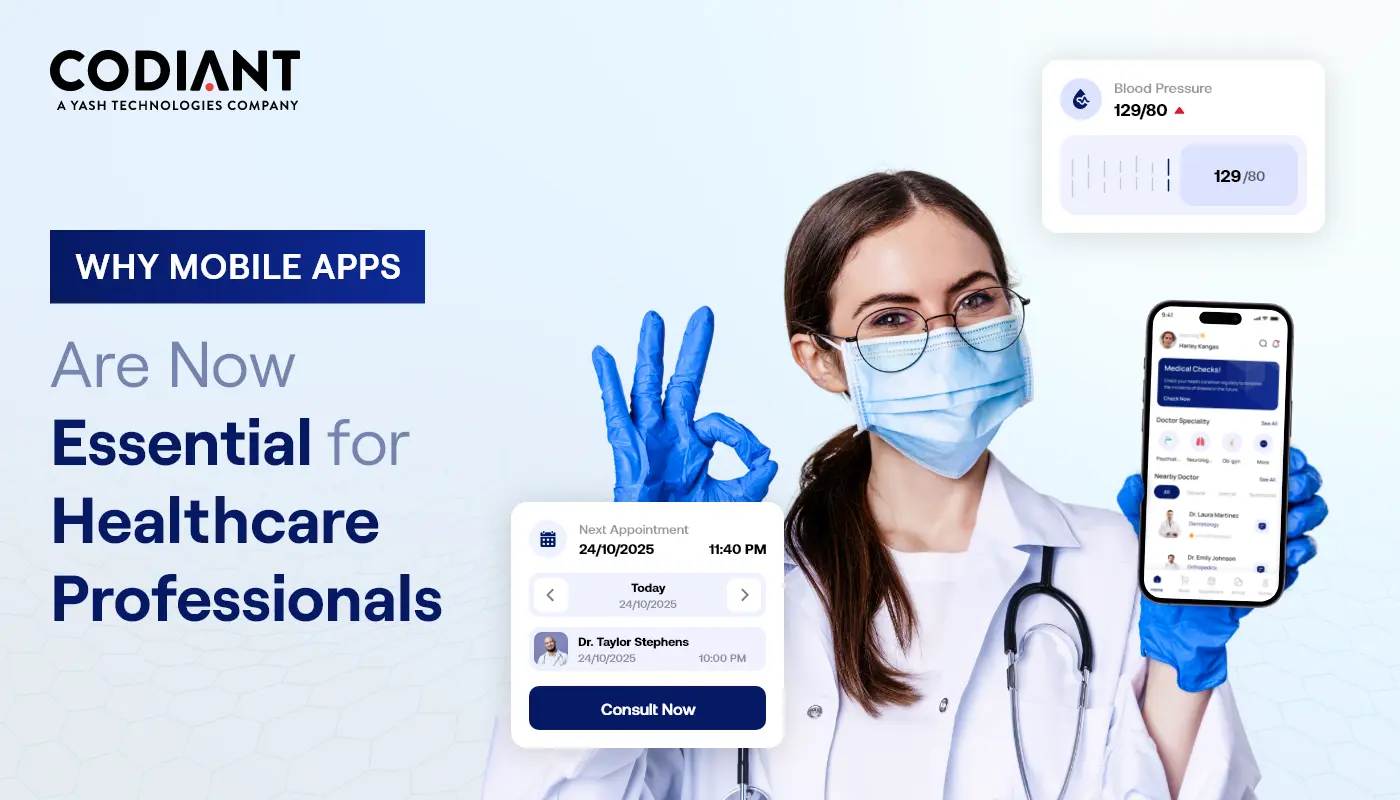Revolutionize Your Digital Marketing With Real-Time Analytics
Table of Contents
Subscribe To Our Newsletter

Traditional analytics was time-consuming! It delayed reporting or gathering historical data. In contrast, real-time analytics effortlessly generate reporting and perform campaign analysis. This capability is precious in digital marketing, where up-to-date information can drive immediate actions and optimize campaigns right away.
Real-time analytics means to collect, process, and analyze data as it is generated! For digital marketing, real-time analytics tracks specific metrics including website traffic, social media engagement, conversion rates, and demographics. It allows brands to gain insights into goal achievement and develop result-oriented strategies.
The biggest thing is that marketing experts can utilize this data to identify advertisements driving huge traffic and get the context behind consumer buying behavior.
In this blog, we will discuss the benefits, implementation, and challenges associated with real-time analytics in digital marketing strategies.
Benefits of Real-Time Analytics
Real-time analytics is beneficial in various aspects in digital marketing.

1. Smart Decision Making
Real-time analytics gives marketers instant insights, helping them make quick, informed decisions. Whether they need to tweak ad campaigns, improve website content, or address customer questions, real-time data guides their actions. It helps spot trends and issues quickly, so they can adjust strategies immediately.
For example, if an ad campaign isn’t working well, real-time data allows for quick changes to improve results. It can personalize marketing by analyzing customer behavior as it happens. This leads to more specific and effective interactions.
2. Better Customer Experience
Real-time data can greatly personalize customer experiences. By tracking what a customer does on a website, businesses can offer product recommendations and special deals that match their interests.
For example, if someone often looks at specific products, real-time marketing data can suggest similar items or provide discounts on them. This makes the experience more relevant and increases the chance of making a sale. Additionally, it helps businesses to rapidly adjust to dynamic consumer needs and keep their marketing efforts up-to-date.
3. Improved Efficiency
Marketing professionals can manage digital campaigns and resources by detecting patterns and the latest trends. The real-time data is good enough to tell which marketing channels are performing effectively and which need improvements.
With this data, marketers can update their strategies and increase or decrease budgets to the best-performing social channels. Real-time insights help understand how customers are behaving and this helps in making smarter decisions. Overall, acting on current data makes campaigns more active and makes sure high ROI on marketing spend.
4. Easy Crisis Management
Problems can arise anytime! It becomes important for businesses to act fast and handle the cause. Real-time analytics helps by spotting issues early, so companies can fix them before they turn into big problems. By keeping an eye on data as it comes in, businesses can see unusual patterns or risks right away. This allows them to take quick action, communicate with stakeholders, and reduce damage.
For example, if a social media campaign is not performing as per expectations and getting negative feedback, real-time analytics data can alert the team to act swiftly and maintain the brand identity.
Implementation of Real-Time Analytics
To implement real-time analytics, you need to set up the right marketing technology, define clear goals, integrate with systems, and ensure data precision. It’s also important to provide proper training to marketing management staff and focus on the instant insights successfully. To further support this process, Gamma alternatives can be used to create effective training materials, helping teams better understand and apply real-time insights.

1. Collect Data
The process of collecting data involves gathering raw data into different forms. This could be sensors, transactions, or user inputs. In real-time analytics, this process ensures that data is continuously collected and updated, providing a live feed of required details. Its reliable techniques cover API integrations, real-time streaming services, and database queries.
- For data collection, identify key metrics that are crucial to reach your business goals. These key metrics include website traffic, social media engagement, conversion rates, and customer demographics.
- You must find out the data sources where your data will come from. It can be website analytics tools, CRM systems, social media platforms etc.
2. Process Data
The step data processing converts raw or unstructured data into a structured format, suitable for analysis. In real-time analytics, it comprises filtering, aggregating, and transforming data to handle large volumes and velocities. Techniques like stream processing frameworks and in-memory databases are used to handle data competently.
- For data processing, form a robust real-time data infrastructure that can handle high volume and velocity of real-time data. Here, cloud-based solutions and big data technologies are irreplaceable.
- It is crucial to clean and prepare data for further analysis. It helps remove duplicate data, manage missing values, and format marketing data persistently.
3. Analyze Data
When it comes to data analysis, you must examine the already processed data to uncover hidden trends, patterns, and correlations. In real-time analytics, it is a good option to apply algorithms and models for generating instant insights using updated data. This uses predictive modeling, machine learning, and statistical analysis for timely decision-making.
- Visualization tools are great options to make real-time data easily understandable. You can also use interactive data for better data analysis and marketing optimization.
- Use marketing technology and define clear KPIs to measure the success of your real-time marketing data and marketing implementation.
4. Consider Actionable Insights
Actionable insights are key takeaways from data that help make decision or take an action. In real-time analytics, these insights come quickly from live data, allowing for fast reactions to new trends or problems. These insights are typically accessible through dashboards or alerts, resulting in data-driven decisions for marketing optimization or taking specific actions.
- Influence your team to make data-driven decisions and provide them with instant insights and tools. It helps to act on the most recent details, respond quickly to changes, and drive better outcomes.
- The next thing, automate routine tasks based on real-time data, such as adjusting ad bids or sending targeted emails.
Apart from these, conduct real-time A/B tests to optimize marketing campaigns. By testing different versions of ads or content immediately, it is easy to check which one is performing better and producing results. This instant feedback allows to make data-driven adjustments and enhance campaign effectiveness. You can seamlessly fine-tune your marketing strategies and accomplish improved consequences.
Real-time Analytics Tools and Technologies
Here is the list of real-time analytics tools and technologies that support digital marketing strategies. Have a look:
- Use the Google Analytics tool to get real-time reporting features.
- Various social media platforms provide real-time analytics dashboards.
- Customer data platforms combine customer data from various sources and enable real-time insights.
- Big Data tech tools like Hadoop and Spark can manage large volumes of real-time data.
- Business Intelligence platforms often deliver real-time visualization and analysis proficiencies.
Challenges of Real-Time Analytics
Implementing and leveraging real-time analytics comes with its own set of challenges.

1. Data Overload
The overloaded data can lead to missed insights and slow down the decision-making process. Companies should use Google Analytics or similar tools to sort things and prioritize details. Without using the right tools and strategies, loads of real-time data are quite tough for businesses to handle.
2. Integration Issues
Integrating the latest data-driven analytics with existing systems can be difficult. You must check if the data flows smoothly, has matching formats and syncing data streams, and other tools are working to provide accurate insights. The businesses need to resolve system outages and integration gaps to improve decision-making.
3. Resource Intensity
Real-time analytics requires powerful computing and the right technology. Businesses need strong servers, cloud solutions, and skilled staff, like data scientists, to handle and understand data quickly. Proper tools and training are essential for the effective use of real-time data. Without these, decision-making and efficiency may suffer.
4. Data Privacy and Security
Handling real-time data raises privacy and security concerns. Businesses must ensure their analytics systems meet legal requirements and protect sensitive information. Using strong security measures like encryption and regular audits, staying updated on data protection laws, and training employees on privacy practices are crucial for maintaining customer trust and effectively using real-time data.
Conclusion
Real-time analytics do wonders in digital marketing. With current data and instant insights, companies can quickly change their marketing plan, grab new opportunities, and solve problems before they get complex. This quick response helps them stay ahead of trends and better meet customer demands.
If a new trend appears, businesses can quickly update their products or marketing to match. Real-time analytics also helps predict changes in customer behavior, so companies can make proactive adjustments and remain leaders in their industry.
Frequently Asked Questions
Real-time analytics is the prompt collection and analysis of data as it generated. In digital marketing, it means tracking web traffic, social media activity, and campaign results. This helps marketing specialists make quick, data-driven decisions. They can adjust their strategies as required.
Real-time analytics let marketers see how campaigns are doing as they happen. By looking at current data, they can spot trends, fix problems, and improve strategies right away. This quick response boosts engagement, improves ROI, and meets customer needs more effectively.
Key metrics are things like website traffic, conversion rates, bounce rates, user engagement (likes, shares, comments), click-through rates, and real-time sales data. Keeping track of these helps understand how your audience behaves and how well your campaign is doing.
Real-time data helps marketing optimization by allowing quick changes to campaigns based on current results. This might include adjusting ad placements, targeting, budgets, or content to better match audience preferences and market trends.
Common tools for real-time data include Google Analytics, Adobe Analytics, HubSpot, Mixpanel, and social media platforms like Facebook Insights and Twitter Analytics. These tools show up-to-date information on different parts of your digital marketing campaigns.
Featured Blogs
Read our thoughts and insights on the latest tech and business trends
How to Modernize Legacy Systems with AI – A Step-by-Step Guide
- October 31, 2025
- Artificial Intelligence
In a Nutshell: Legacy systems aren’t outdated - they’re underutilized. AI can modernize them without full replacement, saving time and cost. Modernization is a journey, not a rebuild. Start small with automation, data clean-up &... Read more
Top Reasons Why Healthcare Providers Need Mobile Apps Today
- October 27, 2025
- Healthcare
If you’ve been to a clinic lately, you might have noticed something new-paper forms are almost gone and screens are everywhere. From booking doctor visits online to checking your recovery updates on your phone mobile... Read more
Which is Better for Your Business in 2025- Chatbots or Conversational AI?
- October 22, 2025
- Artificial Intelligence
In a Nutshell: Chatbots = Simple & Fast- Great for FAQs, appointment bookings & routine customer support. Conversational AI = Smart & Scalable- Uses NLP and machine learning to understand context, personalize replies & handle... Read more





